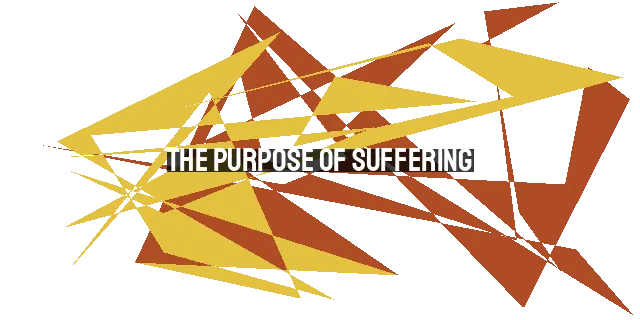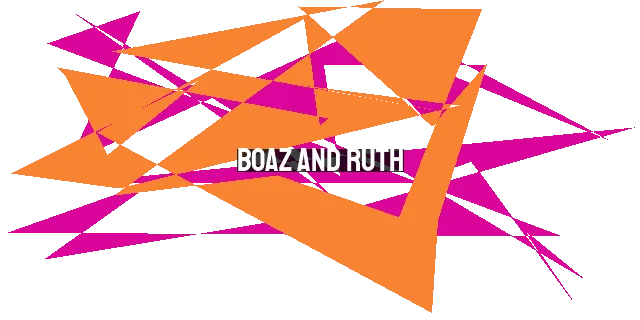Teaching Children the True Meaning of Easter: Jesus' Death, Forgiveness, and Hope
Teaching Our Children the True Meaning of Easter
Spring is a beautiful season, full of new life and new beginnings. As Christians, this time of year is also incredibly meaningful to us as we reflect on the death and resurrection of Jesus Christ. Easter is a time to celebrate the hope and new life that we have in Christ, and it’s important that we teach our children the true meaning of this holiday. Here are four things we can teach our children this Easter:
1. Jesus’ Death and Resurrection
First and foremost, we need to teach our children about the death and resurrection of Jesus Christ. The events of Easter are at the heart of the Christian faith, and it’s essential that we help our children understand why Jesus had to die and what his resurrection means for us.
One way to do this is by reading through the accounts of Jesus’ crucifixion and resurrection in the Bible. You can use a children’s Bible or find a simplified version online. As you read through the story, take the time to explain the significance of each event. Why did Jesus have to die? What did his death accomplish? What does his resurrection mean for us?
It’s also important to emphasize that Jesus’ death and resurrection are historical events. These things really happened, and they have real implications for our lives today. By understanding the significance of these events, our children can begin to grasp the depth of God’s love for them and the hope that we have in Christ.
2. Our Need for a Savior
Another important lesson we can teach our children this Easter is our need for a Savior. Sin has separated us from God, and we cannot save ourselves. Only through faith in Jesus Christ can we be reconciled to God and have eternal life.
One way to illustrate this concept is by using an object lesson. For example, you can use a puzzle to show how sin has broken our relationship with God. Explain that each piece represents a part of our lives, and when we sin, it’s like a piece of the puzzle gets removed. Eventually, the puzzle is no longer complete, just like our relationship with God is broken by sin.
Then, show how Jesus is the missing piece that makes the puzzle whole again. Jesus’ death on the cross and resurrection from the dead have made it possible for us to be reconciled to God. By placing our faith in him, we become a part of God’s family and can have eternal life.
3. The Power of Forgiveness
Easter is also a time to reflect on the power of forgiveness. Jesus’ death on the cross was the ultimate act of forgiveness, as he took the punishment for our sins so that we could be forgiven and reconciled to God.
As we teach our children about forgiveness, it’s important to emphasize that forgiveness is not just a one-time event. We are called to forgive others just as Christ has forgiven us (Ephesians 4:32). This means choosing to let go of bitterness and resentment, even when it’s difficult.
One way to illustrate forgiveness is by using an egg. Explain that when we hold onto bitterness and resentment, it’s like we’re carrying around a heavy burden. But when we choose to forgive, it’s like cracking open the egg and letting go of that burden. Forgiveness is a powerful act that can bring healing and freedom.
4. The Hope of Eternal Life
Finally, Easter is a time to celebrate the hope of eternal life that we have in Christ. Because of Jesus’ death and resurrection, we have the assurance of eternal life with God.
One way to illustrate this concept is by using a seed or bulb. Explain that just as a seed or bulb appears to be dead, but contains the potential for new life, so too do we have the potential for eternal life because of Christ’s resurrection. By placing our faith in him, we can have the hope of eternal life with God.
It’s important to emphasize that this hope is not just for the future, but it also has implications for our lives today. As we live in light of the hope of eternal life, we can have joy and peace even in the midst of difficult circumstances. We can trust that God is with us and that he is working all things together for our good (Romans 8:28).
Conclusion
As we celebrate Easter this year, let’s take the time to teach our children the true meaning of this holiday. By helping them understand Jesus’ death and resurrection, our need for a Savior, the power of forgiveness, and the hope of eternal life, we can help them grow in their faith and deepen their understanding of God’s love for them. May this Easter be a time of joy and celebration as we reflect on the incredible gift of salvation that we have in Christ.



POST COMMENT
For post a new comment. You need to login first. Login
COMMENTS(0)
No Comment yet. Be the first :)